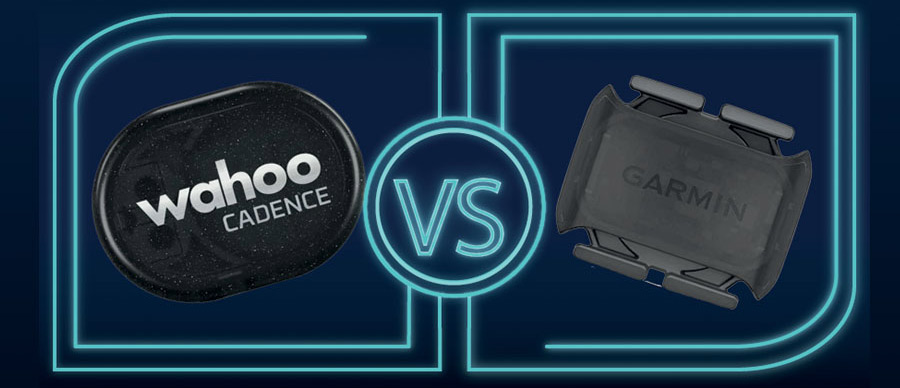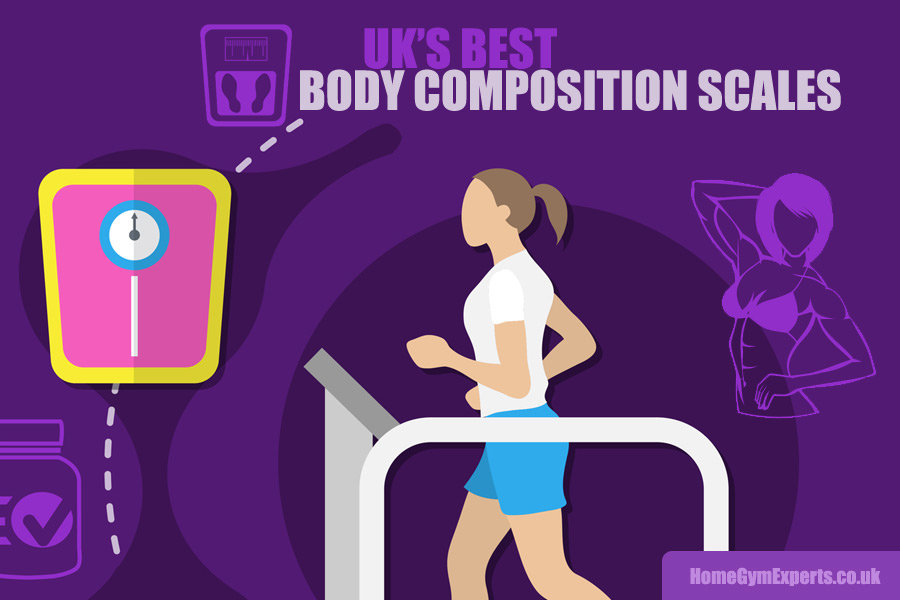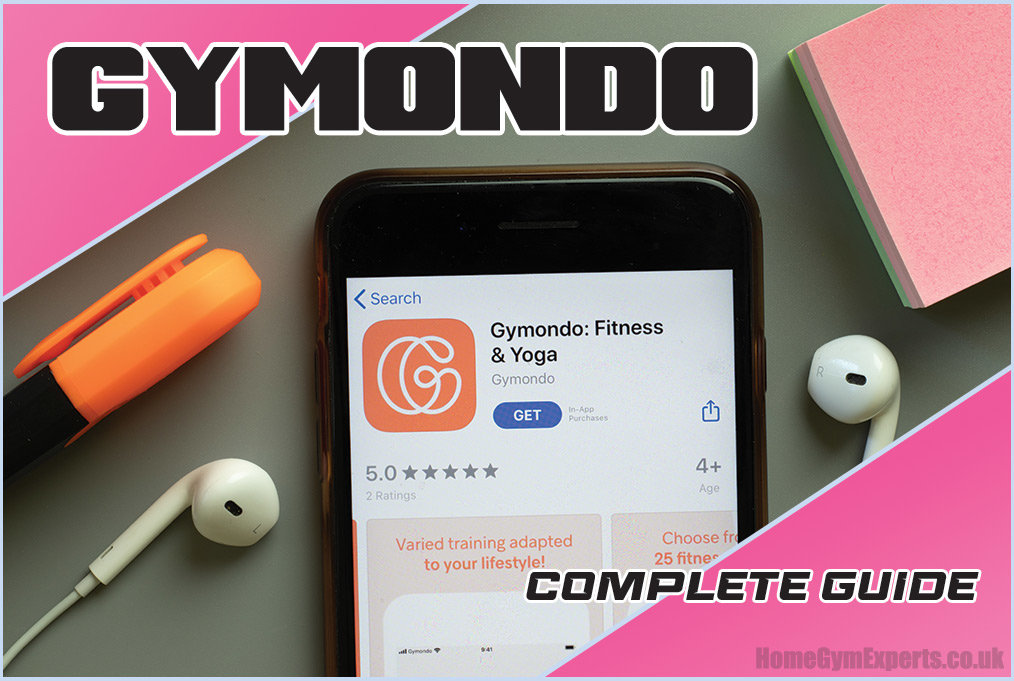What is better Wahoo or Garmin?
If you’re at all serious about your cycling, you need a cadence sensor.
Cadence sensors give you the option to monitor your cycling in a way that no other tool can. Sensors like this measure your pedalling cadence; which is how many pedalling strokes you’re putting through per minute.
Two of the most popular sensors on the market are the Garmin, noted because it’s made by possibly the most popular cycling fitness sensor manufacturer on the planet and the Wahoo, an up and coming cycling brand that are making waves for their smart and simple gear that’s easy to use but still packed with features.
This guide digs into both of these sensors and by the end, you should know precisely what they do, how they’re different and which one you need. Let’s get started.
What are the Wahoo and Garmin cadence sensors?
Wahoo RPM Cadence Sensor | Garmin Sensor 2 | |
DImension | 31.75 x 19 x 25mm | 33.5 x 36.9 x 8.1mm |
Weight | 7g | 11g |
Mounting | Tape or cable ties | Garmin elastic bands |
Connectivity | Bluetooth 4, ANT+ | Bluetooth 5, ANT+ |
Battery | CR2032 | CR2032 |
Battery Life | 12 months | 12 months |
Waterproof | IPX7 rated up to 5ft | Up to 10m submerged |
Tracking App | Yes | Yes |
Third-party viable | Yes, 50+ apps | Some. Limited list |
More Bike Guides You Might Like
- How To Use A Cadence Sensor On Your Exercise Bike
- 12 Major Benefits Of Using A Spin Bike at Home
- NordicTrack X9i Review
- Nordictrack vs Peloton Bikes, which one should you buy?
- How to Choose a Spin Bike You’ll Love in 2025
What do these sensors have in common?
Connectivity
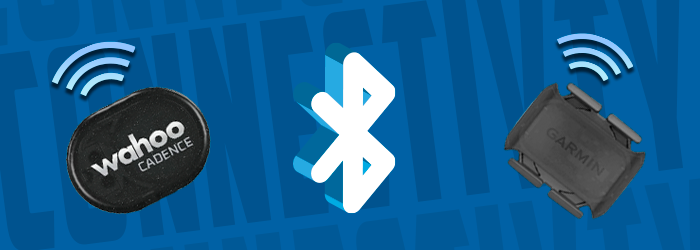
Both the Garmin and Wahoo have ANT+ and Bluetooth connectivity. ANT+ is a wireless connection protocol that’s mostly used for dedicated fitness sensors and lets you link multiple devices to the same source. It’s perfect if you have a speed sensor, cadence sensor, Garmin watch and more.
Bluetooth on the other hand is for connecting sensors to phones and tablets. (On your bike, it’s obviously going to be your phone.)
The Wahoo uses Bluetooth 4, which is perfectly fine and as long as you mount the sensors correctly, won’t cause any issues. The Garmin on the other hand uses Bluetooth 5, which has a greater range and higher speeds. It’s much more reliable in general, which is why the Garmin has a reputation for rock-solid reliability, but most people really aren’t going to see differences in performance here.
This is also a good chance for the Garmin, considering that up until this latest model, they only had ANT+ availability. Now, with Bluetooth, it’s much easier to link it to all of your devices and just get going.
Size
Both sensors are absolutely tiny, small enough to mount comfortably on your bike’s crank arm and can just as easily be mounted on your shoe.
The Garmin cadence sensor is 33.5mm x 36.9mm x 8.1mm and weighs 11g.
The Garmin speed sensor is 36.6mm x 36.9mm x 15.2mm outside of its band, which adds around 5mm to the dimensions and weighs 17gs.
The Wahoo cadence sensor measures 31.75mm x 19.0mm x 25mm and weighs in at an ultra-light 7g.
Which is easier to set up?
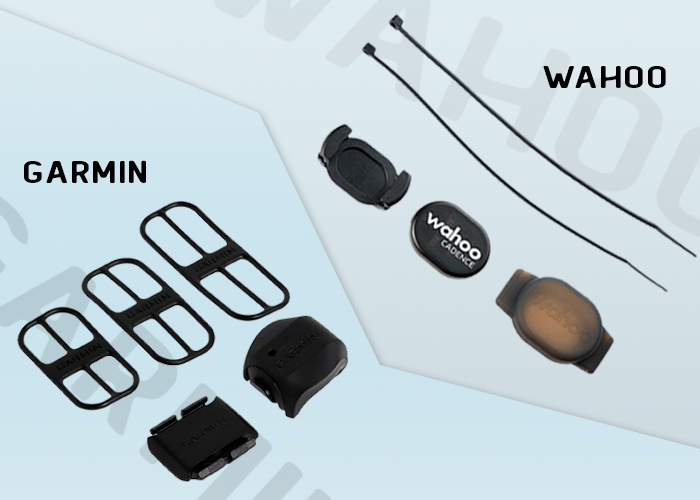
Each sensor is simple to mount, taking only a couple of minutes to install and a couple more to make sure that the sensors are fixed and secure.
However, mounting methods differ. The Garmin sensors come with a set of specialised rubber bands in three sizes that slip around the sensors and hold them in place. They’re easy to understand and will work with almost any crank without issues.
The Wahoo, on the other hand, has a pair of options out of the box. You can attach the sensor using either 3M double-sided tape or cable ties. Both will hold it securely and both are included in the box.
Pairing either sensor to your fitness apps is also incredibly simple. In both cases, start the app, then activate the sensor by spinning the crank a few times so it picks up movement.
Your sensor should appear in the list of possible sensors in your app. Select it, make sure it’s paired (the Wahoo is great here, as it has LEDs that light up when paired.) and you’re good to go.
Cost
In terms of price, both sensors are roughly equivalent. If you’re just buying a cadence sensor, then expect to pay the same price for either (at the time of writing, both sat at around £30.) Garmin and Wahoo also both have cadence and speed sensor dual kits on the market, which works out around 20% cheaper than buying both separately, which in our opinion is a very good deal for a pair of tools you’ll use again and again.
Are there any major differences?
We’ve already touched on minor differences in both sensors in our breakdown above. In terms of major differences, there really aren’t any, at least, there aren’t any that are going to affect your average user.
Performance across the board is excellent, readings are accurate, installation is simple.
The single biggest difference is that the Garmin pairs better with Garmin devices, whereas the Wahoo has a wider list of apps that it can play nicely with and its own dedicated tracking app.
Where can you buy these for the best price?
Online the answer is almost always going to be Amazon. Prices are similar across the board on most major websites, but Amazon brings that reliability, (and Prime one-day delivery if you have it.)
Offline, stores like Halford’s that have a specialist cycling section are your best bet. They should have a greater range of products and a more up to date product list, so you’re more likely to find what you’re looking for.
Verdict: Should you buy Garmin or Wahoo?
The honest answer is; both are very impressive products that do exactly what you need them to do and you’ll never be dissatisfied with either.
However, if you’re already packing some Garmin gear, that makes the choice simpler. The instant sync between Garmin products is smooth and efficient and you’re not going to face any signalling issues.
But for newer cyclists, we’d lean towards the Wahoo, purely because it has better compatibility with a wider range of tracking apps and doesn’t lock you into buying Garmin products down the line.


